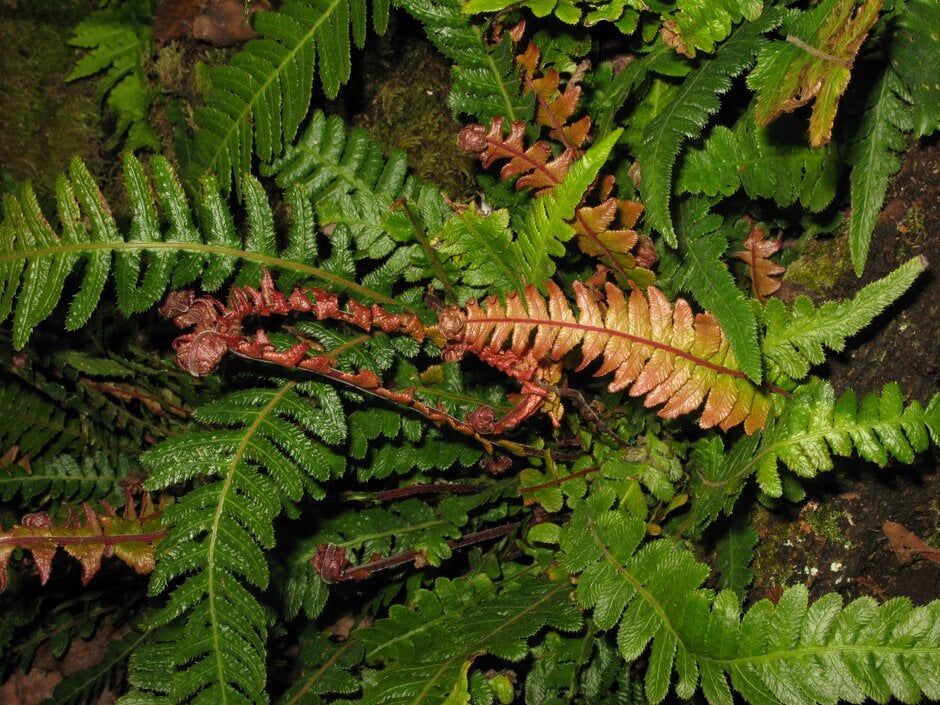Not the plant you're looking for? Search over 300,000 plants
FernsConservatory Greenhouse
Size
Ultimate height
0.1–0.5 metresTime to ultimate height
5–10 yearsUltimate spread
0.5–1 metresGrowing conditions
Loam
Moisture
Moist but well–drainedpH
AcidColour & scent
| Stem | Flower | Foliage | Fruit | |
| Spring | Bronze Green | |||
|---|---|---|---|---|
| Summer | Bronze Green | |||
| Autumn | Bronze Green | |||
| Winter | Bronze Green |
Position
- Partial shade
Aspect
North–facing or East–facing or West–facing
Exposure
Sheltered Hardiness
H3Botanical details
- Family
- Blechnaceae
- Native to GB / Ireland
- No
- Foliage
- Evergreen
- Habit
- Tufted
- Genus
A genus of reasonably hardy evergreen ferns, native to the Himalayas and Japan, with red to golden-green fronds
- Name status
Correct
- Plant range
- Australasia, Polynesia
How to grow
Cultivation
Under glass grow in an open, humus-rich compost such as one part each of loam, medium-grade bark and charcoal, two parts sharp sand and three parts leaf mould, in bright, filtered light. Outdoors grow in moist, acid soil in sheltered, partial shade and protect from frost
Propagation
Propagate from spores, or by division in late spring
Suggested planting locations and garden types
- City and courtyard gardens
- Mediterranean climate plants
- Patio and container plants
Pruning
Remove dead or damaged fronds as required
Pests
Generally pest-free
Diseases
Generally disease-free
Get involved
The Royal Horticultural Society is the UK’s leading gardening charity. We aim to enrich everyone’s life through plants, and make the UK a greener and more beautiful place.
